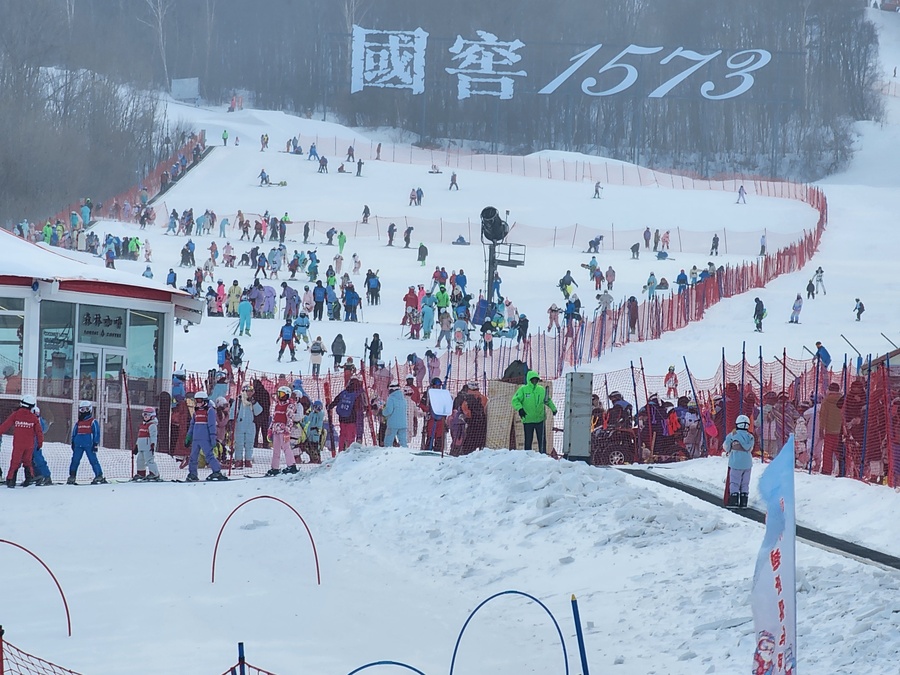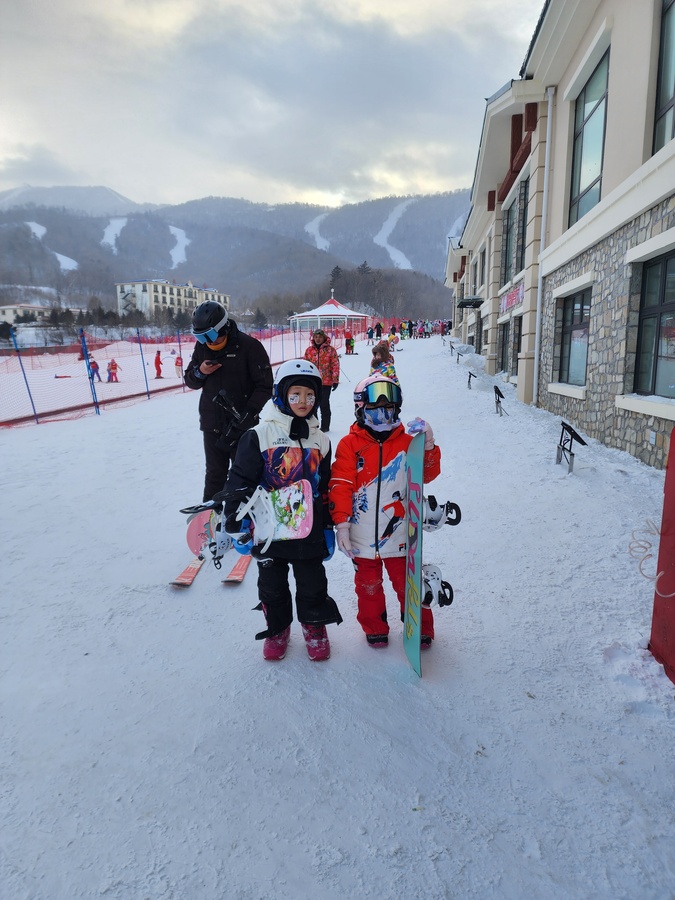Yabuli, China, February 8, 2025: It’s the Spring Festival in China and it seems all roads are leading to the Yabuli Ski Resort, about 200 kilometres east of Harbin.
Thousands of Chinese families have made the trek to Harbin, host city of the 9th Asian Winter Games, and China’s winter wonderland.
“There has been a boom and an explosion of interest in winter sports activities for the past 10 years or more, culminating in the Beijing 2022 Winter Olympics. I believe one in four Chinese today are winter sports enthusiasts or are involved in the industry,” says Jiang Yang, manager of the Chinese biathlon team in Yabuli.
When Chinese President Xi Jinping declared open the 9th AWG Harbin on Friday night, he must have felt a sense of pride at what had been accomplished as he has been at the heart of the movement to develop winter sports in China.
According to Chinese news agency Xinhua, the foundation for this boom was laid more than a decade ago, when President Xi attended the 2014 Sochi Winter Olympics, and met with IOC President Thomas Bach.
During that meeting, President Xi set an ambitious goal: to engage 300 million Chinese in winter sports. That vision has become a reality. And the wheel has turned full circle – at Friday’s opening ceremony, Bach was present to witness the fruition of China’s love affair with winter sports.
Last April, following the Beijing 2022 Winter Olympics, around 320 million people – almost one-quarter of China’s population – had actively participated in ice and snow activities.
President Xi’s vision is founded on building a comprehensive winter sports economy encompassing equipment manufacturing, tourism and cultural industries.
China’s ice and snow economy is projected to exceed one trillion yuan (about 138 billion US dollars) in 2025, with estimates reaching 1.5 trillion yuan (US$207 billion) by 2030, according to Xinhua.
Harbin is China’s top winter tourism destination and Yabuli boasts the largest ski resort in the country. But ice and snow activities are not confined to the northeast of the country; even in the south, places like Guangzhou and Chengdu, indoor alpine skiing centres and indoor ice rinks cater to the insatiable demand for winter sports.
Yabuli is a prime example of how people’s lives have been transformed by the ‘ice and snow’ economy. “In the past, people in Yabuli were involved in forestry and lumber, or were farmers. Today, most of the people in Yabuli, especially the younger generation, are involved in winter sports tourism,” reveals biathlon manager Jiang.
In the old quarter of Yabuli, we bump into Kevin in a coffee shop. The 18-year-old high school student confirms that most people in the area were working in the winter leisure industry.
“I also ski a bit, but my ambition is to become a doctor. My dad is a farmer although a lot of other people have now become involved in tourism,” says Kevin.
Last winter, China recorded more than 385 million winter leisure visits, a 38 per cent year-on-year increase, with related revenue rising 50 per cent.
The emergence of star athletes like Gu Ailing, double Olympic champion, has spurred further interest in winter sports. The 21-year-old freestyle skier won two gold medals and one silver at the Beijing 2022 Winter Olympics and has become a role model for younger Chinese children...many of whom are enjoying the Spring break on the slopes of Yabuli today.




